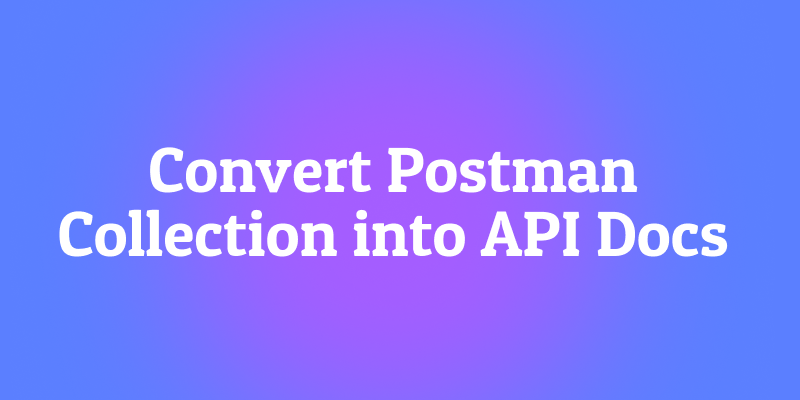OpenAPI, which was formerly known as Swagger, is a specification that defines how APIs (Application Programming Interfaces) are designed and documented. OpenAPI is more focused on RESTful (Representational State Transfer) APIs.
To create the optimal API and corresponding documentation, consider using Apidog, a comprehensive API development tool that provides an optimal environment for API building.
Many API tools can help you create APIs that fit within the necessities of RESTful APIs with OpenAPI specifications. But before that, let's take a recap of what OpenAPI is.
What is OpenAPI?
- API description: An OpenAPI specification file acts like a blueprint for the API, outlining the available functions (endpoints), the data formats used (JSON, YAML), how to send data (parameters), and what kind of response to expect.
- Easier development: With a clear specification, developers using the API can understand how to interact with it efficiently, without needing to pore over code or internal documentation.
- Promotes consistency: By following OpenAPI standards, API creators ensure their interfaces are consistent and predictable for developers.
- Tools and automation: OpenAPI specifications can be used by various tools to automate tasks such as generating client libraries (code that interacts with the API) or creating interactive API documentation.
What Exactly are OpenAPI Designers?
The term "OpenAPI designers" is very broad, however, this article will cover two of the more popular meanings.
API Platforms For Designing RESTful APIs
OpenAPI designers are commonly referred to as API platforms that are used for designing APIs and creating API documentation. This is where APA developers build, modify, and ensure that the API meets their expectations.
Some notable examples of API platforms used for designing RESTful APIs are:
- Swagger

- Postman
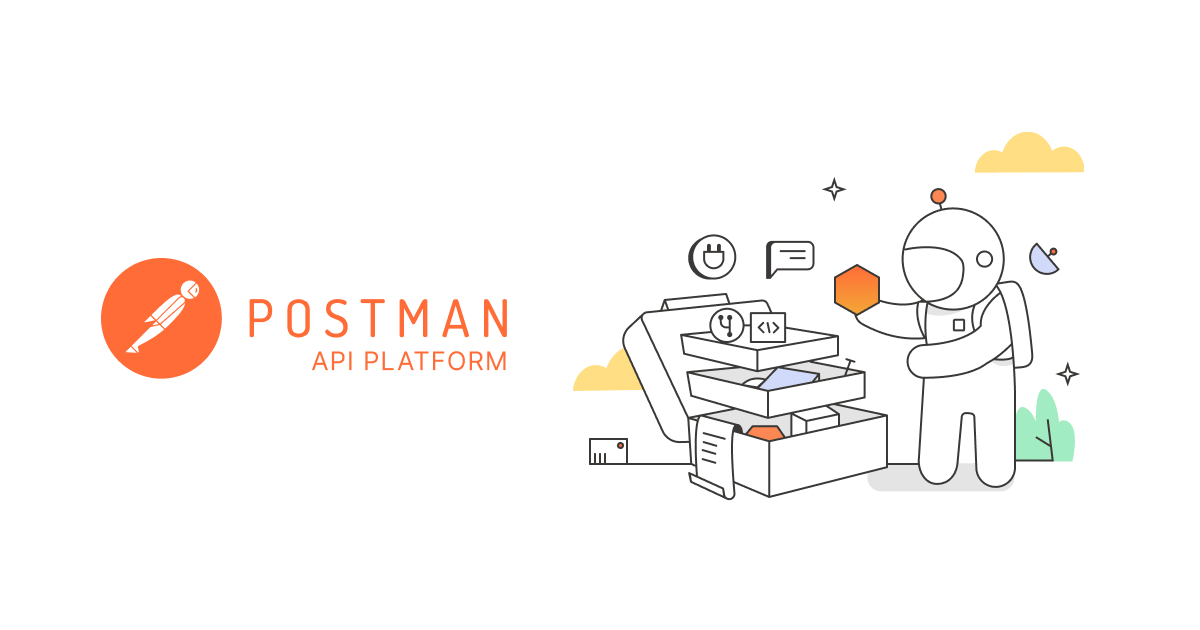
- Insomnia
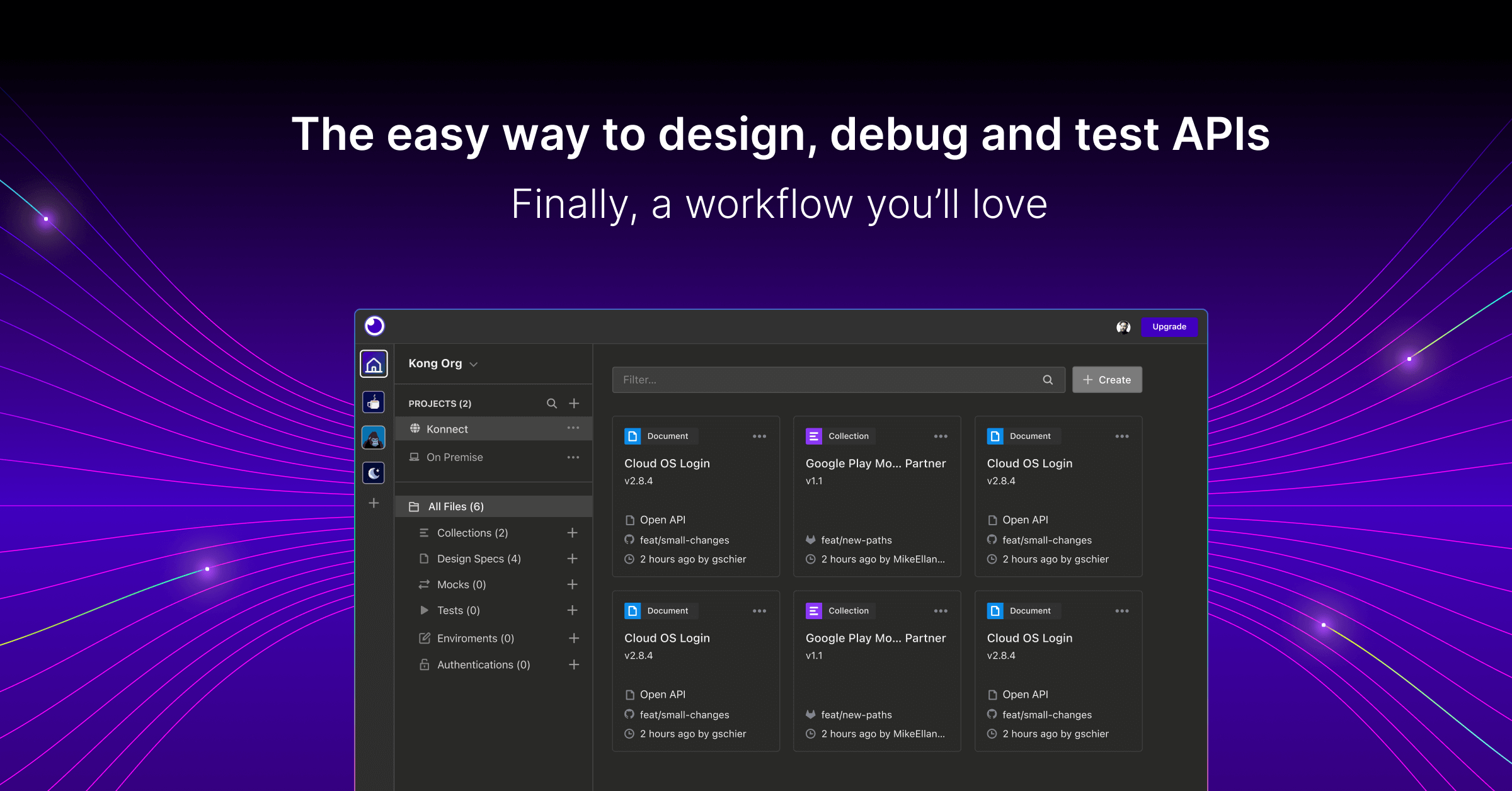
- Stoplight Studio

- Apigee
- MuleSoft Anypoint
- Amazon API Gateway
- and many more options.
People Designing RESTful APIs with OpenAPI Specifications
OpenAPI designers can also refer to the developers who are responsible for building the API. They are the minds behind how APIs function and are also tasked to ensure that the documentation can be well received by potential consumers.
OpenAPI designers are responsible for the following tasks:
- API planning and design: They participate in the planning stages of API development, working with stakeholders to define the functionalities, data formats, and overall structure of the API.
- Writing OpenAPI specifications: They use the OpenAPI Specification (OAS) to document the API in a machine-readable format. This includes details like endpoints, parameters, request and response structures, and error codes.
- Collaboration: They collaborate with developers and other stakeholders to ensure the API design meets everyone's needs and aligns with technical requirements.
- Tool usage: They may leverage OpenAPI tools like editors and code generators to streamline the design process and create interactive API documentation.
- Staying updated: They keep themselves updated on the latest version of the OpenAPI Specification and best practices for API design.
Apidog - The Ideal API Platform for OpenAPI Designing
OpenAPI designers need the proper tools to provide the best APIs, especially if they need to meet the special requirements of the OpenAPI specifications.

One of these tools that OpenAPI designers can use is Apidog, an all-in-one API development tool that is free to use. With Apidog, you can build, modify, test, and document APIs, whether from scratch or pre-existing files from other platforms.

Let's take a look at how you can utilize Apidog to fulfill duties as an OpenAPI designer.
Building APIs with Apidog

Begin by pressing the New API button, as shown in the image above.

Next, you can select many of the API's characteristics. On this page, you can:
- Set the HTTP method (GET, POST, PUT, or DELETE)
- Set the API URL (or API endpoint) for client-server interaction
- Include one/multiple parameters to be passed in the API URL
- Provide a description of what functionality the API aims to provide. Here, you can also describe the rate limit you plan to implement on your API.
The more details you can provide to the designing stage, the more descriptive your API documentation will be, as shown in the next section of this article.
You will also have to ensure that the API meets the specifications of the OpenAPI, so implement the RESTful principles!
To provide some assistance in creating APIs in case this is your first time creating one, you may consider reading these articles.

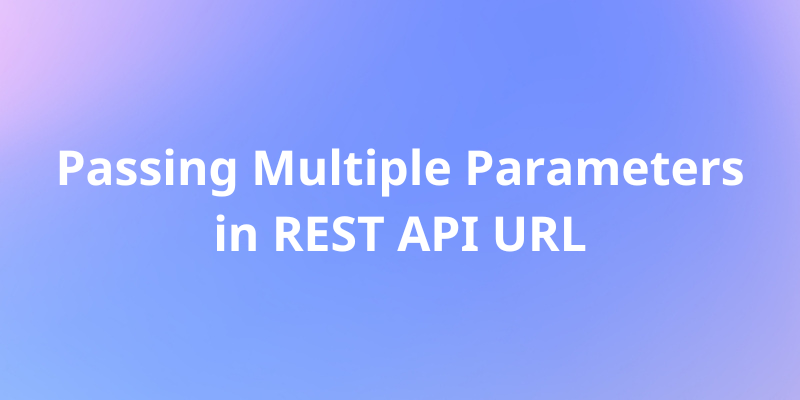

Once you have finalized all the basic necessities to make a request, you can try to make a request by clicking Send. You should then receive a response on the bottom portion of the Apidog window, as shown in the image above.
The simple and intuitive user interface allows users to easily see the response obtained from the request. It is also important to understand the structure of the response as you need to match the code on both the client and server sides.
Generate Descriptive OpenAPI Documentation with Apidog
With Apidog, you can quickly create OpenAPI documentation that includes everything software developers need within just a few clicks.
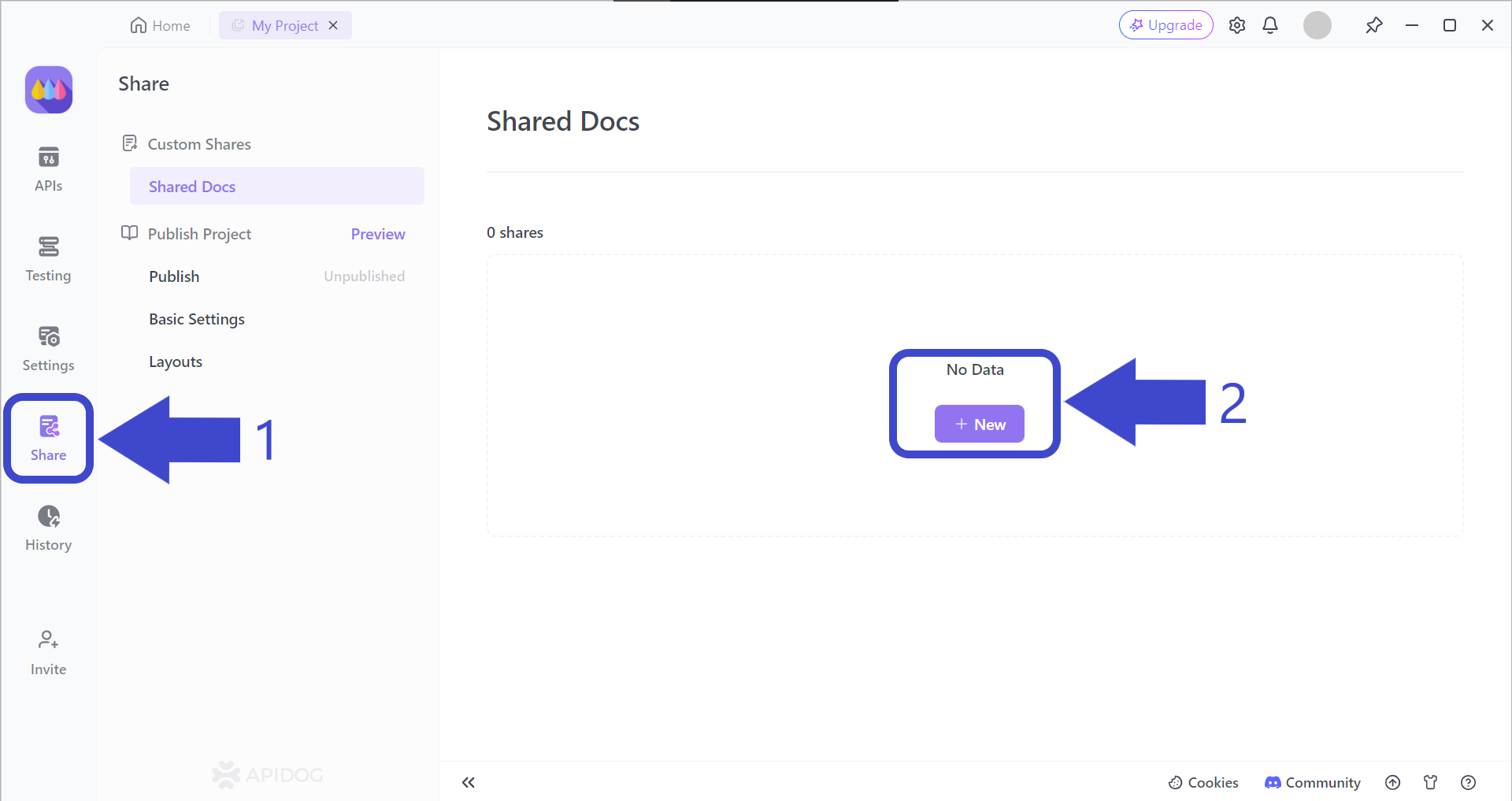
Arrow 1 - First, press the Share button on the left side of the Apidog app window. You should then be able to see the "Shared Docs" page, which should be empty.
Arrow 2 - Press the + New button under No Data to begin creating your very first Apidog API documentation.
Select and Include Important API Documentation Properties

Apidog provides developers with the option of choosing the API documentation characteristics, such as who can view your API documentation and setting a file password, so only chosen individuals or organizations can view it.
View or Share Your API Documentation
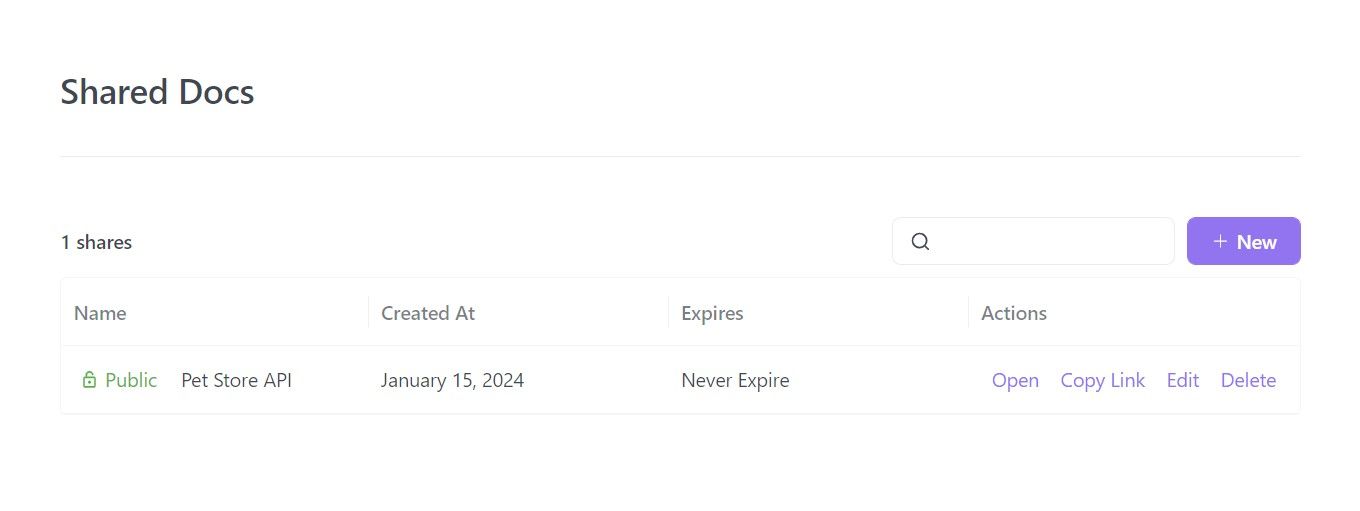
Apidog provides a lot of liberty when it comes to the distribution of API documentation. You will only need to distribute the corresponding URL to the API consumers so they can understand what your API can provide for their applications!
If more details are required, read this article on how to generate API documentation using Apidog:

Conclusion
OpenAPI designers play a crucial role in the modern API landscape. Their expertise in crafting clear and comprehensive API descriptions using the OpenAPI Specification (OAS) bridges the gap between technical development and user needs.
By meticulously defining functionalities, data formats, and communication protocols, they ensure smooth interactions for developers integrating with the API. As the demand for well-designed and documented APIs continues to rise, OpenAPI designers will remain at the forefront, fostering efficient development and collaboration within the ever-evolving world of web services.
If you are an OpenAPI designer yourself, you can consider trying Apidog to fulfill the needs of your API development. Apidog also supports the imports of files from other well-known platforms such as Swagger, Insomnia, and Postman, so do not be intimidated!





